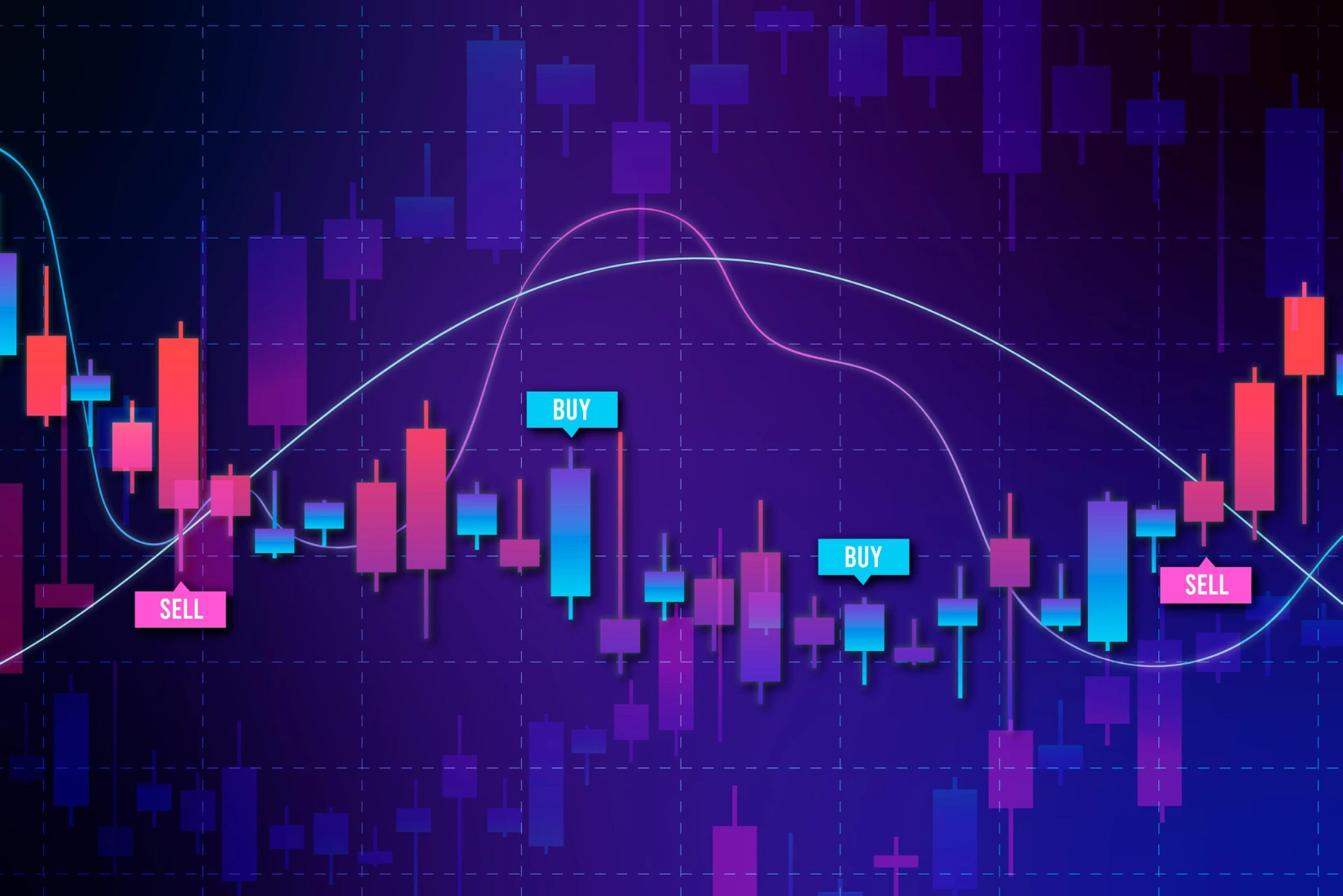How to Choose a Trading Platform? Honest Advice from Someone Who’s Actually Used Them
Let’s not kid ourselves — most trading platform guide like “how to choose a trading platform” articles are either written by bots, affiliates chasing commissions, or people who assume you’ve already memorized every technical indicator under the sun. This isn’t that.
If you’re trying to make sense of platforms that all scream “best!” but look like clones of each other, you need clarity, not fluff. You’re not trying to become a hedge fund manager. You’re trying to pick a tool that works for you — and ideally doesn’t punish you for logging in.
Let’s cut through the noise.
1. Trading Platform Guide : First, Know What You’re Actually Trying to Do
Most people jump into trading apps without thinking about their actual goals. That’s a mistake. You need to start with brutal honesty.
Are you planning to day trade like your life depends on five-minute candlesticks? Or are you buying ETFs, setting a few recurring buys, and ignoring the market for weeks?
Your answer determines everything.
If you’re an active trader, you need fast execution, advanced charts, and data feeds that don’t lag. If you’re in it for the long haul, low fees, auto-investing options, and an interface that doesn’t make you want to throw your phone matter more.
Don’t let marketing teams decide for you. Decide for yourself first.


2. Trading Platform Guide : “Zero Fees” Is Marketing — Not a Business Model
Let me say it plainly: there is no such thing as a free lunch in trading. Platforms that brag about “zero commissions” are making money somewhere else — usually in ways that cost you more than a few bucks in fees ever would.
Some mark up the spread. Some get kickbacks from routing your orders to specific market makers. Others sneak in account fees or penalties for inactivity.
You know what’s free? Reading the fine print. Do it.
3. Trading Platform Guide : Don’t Fight the Interface
I don’t care how many features a platform advertises — if it takes five clicks and a Google search to place a limit order, you’re wasting time (and likely, money).
Too many platforms suffer from “feature bloat.” That’s when they throw 50 widgets on your screen, most of which you’ll never use. Meanwhile, finding your open orders feels like hacking into your own bank account.
Good design matters. So does simplicity. Test-drive the platform if you can. If you’re struggling with the interface after ten minutes, it’s not going to get better — it’s going to get worse when it counts.


4. Where You Trade Dictates What You Need
Do you make most of your trades on your phone while waiting in line for coffee? Or do you sit down with dual monitors and a cup of black coffee like a disciplined machine?
The answer matters.
Some platforms say they have a mobile app, but it’s more of a half-baked afterthought. Others are built mobile-first but turn into a cluttered mess on desktop. Pick the one that fits where and how you actually trade — not the one that looks best in a product screenshot.
5. If It’s Not Regulated, Don’t Touch It
I cannot stress this enough: if a platform isn’t regulated by a serious financial authority (and no, being “based in the Seychelles” does not count), walk away.
You wouldn’t hand your wallet to a stranger in an alley. Don’t do the digital equivalent.
Look for clear, listed regulators — SEC, FCA, ASIC, MAS. Make sure client funds are segregated. Check if deposits are insured. Ask what happens in the event of bankruptcy.
This isn’t paranoia. This is self-preservation.


6. The Reviews Are Brutal for a Reason — Pay Attention
Go on Reddit. Scroll through the one-star reviews. You’ll learn more in five minutes than you will from the official site.
No platform is immune to complaints, but you’re not looking for perfection. You’re looking for patterns. If everyone’s talking about withdrawal delays, server crashes during market open, or ghosted customer support — believe them.
You’re trusting a platform with your actual money. If they can’t get the basics right, don’t expect them to improve after you deposit.
Final Word: Don’t Fall for Flash
The “best” trading platform isn’t the one with the flashiest branding, most YouTube ads, or slickest UI. It’s the one that quietly does what you need it to do — reliably, securely, and without friction.
Most people overthink this. Don’t be one of them. Get honest about your goals. Test the tools. Read the terms. Avoid the hype.
When real money is involved, boring and dependable beats cool and chaotic every single time.
Relevant Link : Trading Platform Myths: What You Really Need to Know Before Choosing One




